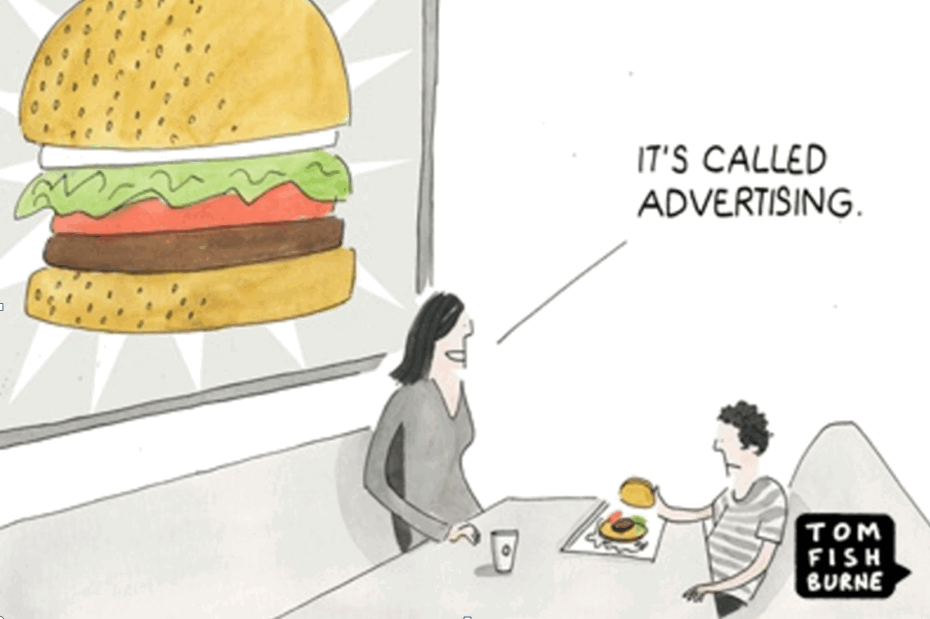What's the heck is Experiential Marketing?
I have written extensively about Customer Experience management and Product Marketing rooted in Customer Experience Intelligence for years. In fact, I started practicing those methods well before the barrage of "tools" and technologies started to flood the enterprise software market. After awhile Customer Experience became a keyword for tools to map points of customer interactions, tired market research software, re-packaged CRM tools and pretty much everything else that stopped selling.

In a way, this served to confirm that everything in business somehow exists to create and manage an outstanding customer experience. Therefore, another convoluted term "Experiential Marketing" started to be thrown around in the last few years. Wikipedia offers this definition of the term:
" Engagement marketing, sometimes called "experiential marketing," "event marketing," "on-ground marketing," "live marketing," or "participation marketing," is a marketing strategy that directly engages consumers and invites and encourages them to participate in the evolution of a brand."
I would like to propose that Experiential Marketing should be defined as any marketing strategy that leverages the direct or secondary experience of actual customers, with a specific product/service, to measurably impact a company's revenue.
There are examples of Experiential Marketing activities directly associated with products or services, that produce well documented, substantial and measurable impact on revenue.
Any effort to encourage customers to share their experience with the product or service is a part of Experiential Marketing strategy. While you cannot often get a customer to experience your product or service prior to the purchase, hearing about the experience of others may be the second best thing. Stars and scores may not transmit actual emotions and influence the purchasing selection, but detailed accounts of how the product/service made another real person happy, may and do. The evidence is easily found with simple Google searches, but I will list a few at the bottom of this post. They also contain specific examples of measurable impact of the reviews on the revenue.
Food and Beverage demonstration/sampling/tasting events are great examples of Experiential Marketing, and the impact on revenue can be very immediate and dramatic. Since new brands cannot compete with the advertising budgets of Kraft and General Foods, they successfully flank major brand products with superior engagement, taste and delivery via demos/tastings on grocery store floors. Surely, the in store product demonstration does not have the reach of TV ad coverage, but the experience of "in your mouth" taste over an advertising image, and dramatically lower cost of customer acquisition, counterbalance the disparity in marketing budget. These factors led to an explosion in a number of new and emerging brands, particularly in the specialty foods category.
However, larger brands have taken notice and go on the offence. It was interesting to see Haagen Dazs setting sampling tables along Pokeman Go routes in San Francisco during the height of the game's popularity.
The "Try-Before-You-Buy" method has been commonly practiced in B2B marketing for decades by software and other vendors. Many car buyers' decisions were influenced by their previous experience of renting cars while traveling.
Here are the links to some references that provide data supporting the premise of this post:
- Customer Reviews Can Improve Your Sales by 5 Times
- McKinsey&Company: Developing a customer experience vision
- Customer Reviews Can Improve Your Sales by 5 Times
















